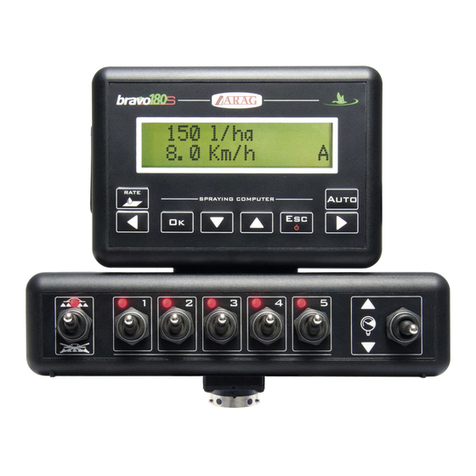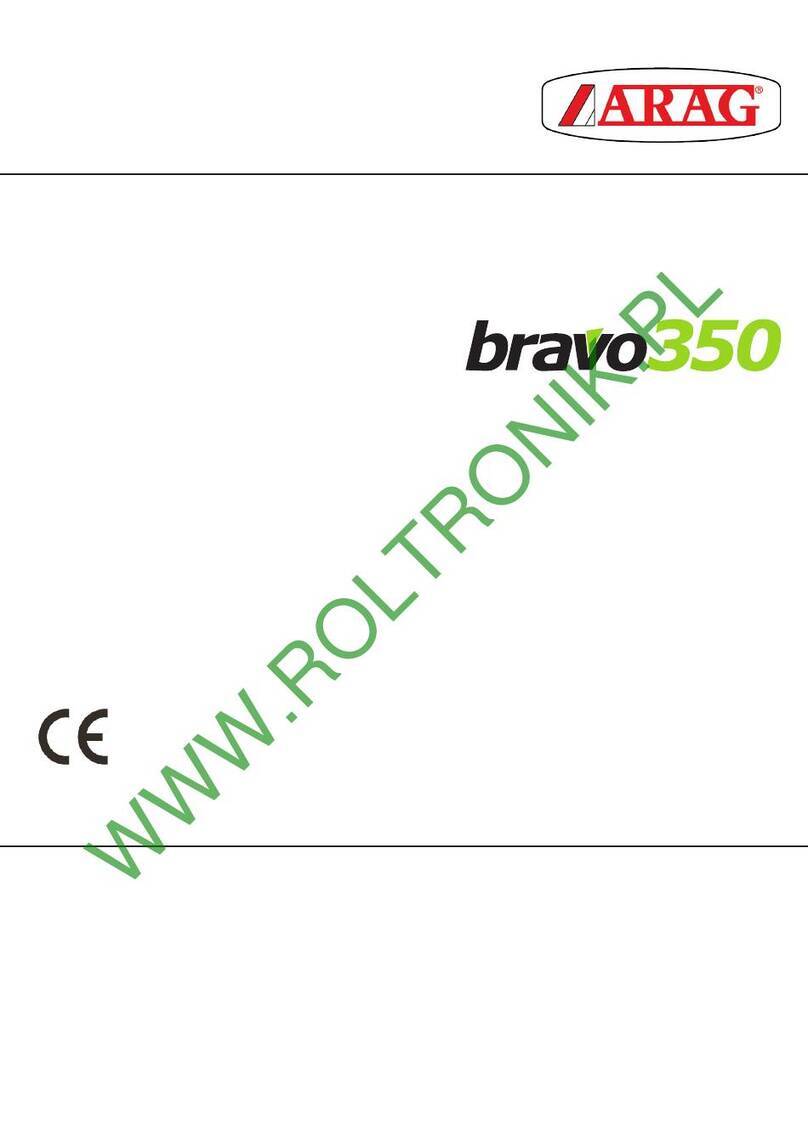
3
CONTENTS
• Legend symbols...............................................................................................................2
1 Product description .........................................................................................................4
1.1 Intended use............................................................................................................4
2 Functioning of the product .............................................................................................5
2.1 Composition of proportional control units ................................................................5
2.2 Functions of components.........................................................................................6
3 Installation........................................................................................................................7
3.1 Safety regulations ....................................................................................................7
3.2 Installing and connecting the unit ............................................................................7
3.3 Connecting up the system .......................................................................................9
3.4 Connection to control devices................................................................................ 10
4 Setting before use.......................................................................................................... 11
4.1 Electric unit adjustments before operation............................................................. 11
4.2 Adjustment of maximum operating pressure ......................................................... 13
5 Use .................................................................................................................................. 14
5.1 Calibration of operating pressure........................................................................... 14
5.2 Calibrating the metered by-passes ........................................................................15
5.2.1 Metered by-pass calibration tables ..................................................................... 17
6 Maintenance / diagnostics / repairs .............................................................................18
6.1 Flushing the liquid passages of the electric control units.......................................18
6.2 Cleaning the filters .................................................................................................19
6.2.1 Manual cleaning..................................................................................................19
6.2.2 Continuous wash filters........................................................................................20
6.3 Troubleshooting .....................................................................................................23
7 Technical data ................................................................................................................24
7.1 Correspondence between valve parts and maximum valve pressure....................24
8 Disposal at the end of service ......................................................................................24
9 Guarantee terms.............................................................................................................26






























